March 21 - 27, 2021: Issue 488
Maja Dalby-Ball Olson
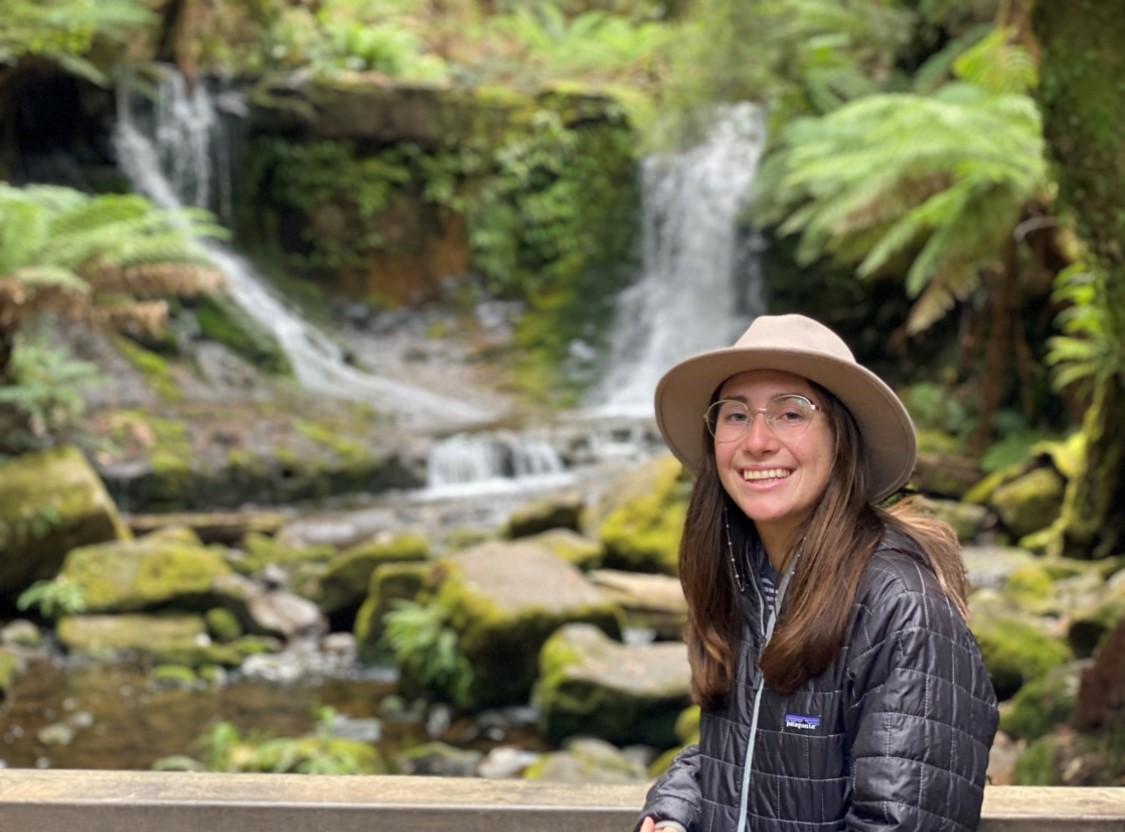
The Finalists of the BHP Foundation Science and Engineering Awards were announced on Thursday 10 December 2020 and Barrenjoey High Schools' Maja Dalby-Ball Olson was among them. The BHP Foundation Science and Engineering Awards are Australia's most prestigious school science and engineering awards. Finalists also have the chance to represent the Awards at the International Science and Engineering Fair.
Having completed her HSC through Barrenjoey High School in 2020, and excelled despite the challenges learning remotely imposed, Maja remains passionate about Aboriginal Studies, Flora, Fauna, Paramedicine and Disaster Management and is currently pursing more study in a Tasmanian university.
In 2020 Maja was the local Young Volunteer of the Year.
The citation reads;
HSC student Maja Dalby-Ball Olsen spreads her volunteering hours across many organisations including the local SES and Surf Life Saving organisations as well as the local Youth Council. She was also a part-time carer to five baby ring tail possums through the local WIRES service.
This week a small insight into one of our young adults who has a connection to place, to people and aspirations for creating a better future for us all, even if her way is to go about doing that quietly.
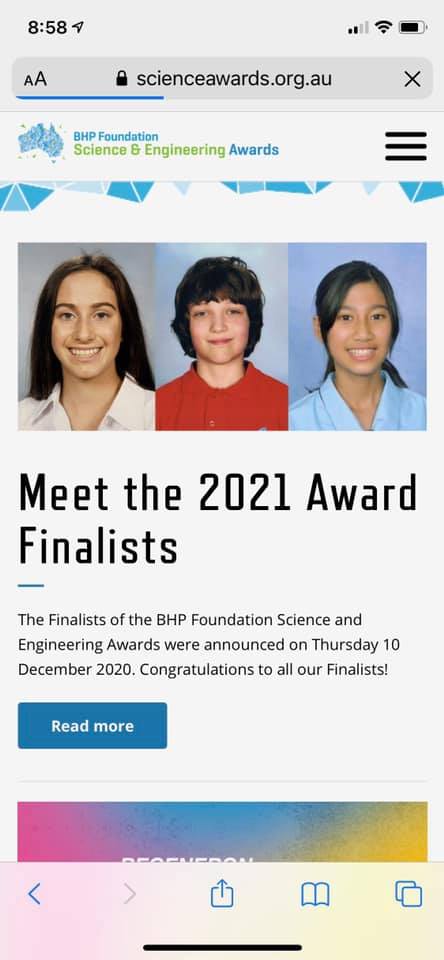 Maja, 2020 was a great year for you, you were announced ‘’2020 STANSW Young Scientist Awards Environmental Award Awarded for the best environmental entry First Place - Maja Dalby-Ball Olson, Barrenjoey High School – is this the same project ‘Variation in flammability of flora in the Sydney sandstone vegetation community’, that has won the BHP Foundation, CSIRO and the Australian Science Teachers Association award?
Maja, 2020 was a great year for you, you were announced ‘’2020 STANSW Young Scientist Awards Environmental Award Awarded for the best environmental entry First Place - Maja Dalby-Ball Olson, Barrenjoey High School – is this the same project ‘Variation in flammability of flora in the Sydney sandstone vegetation community’, that has won the BHP Foundation, CSIRO and the Australian Science Teachers Association award?
Yes. This was all one project that I did for school and through that process was entered into other competitions.
Where did this project start from – how did you choose this subject?
I went through heaps of different ones before settling on this, and this has always been an interest of mine. I’ve always loved weather, am fascinated with the different cloud types, and I always loved the human aspect of this too. In fact, in the future, I want to work in the field of Disaster Management.
So I thought, what in Australia has been a cause of grief in the realm of disasters?
At that current time we had the big fires of 2019-2020. I also did some work with Dragonfly Environmental so saw the impacts of the destruction of urban habitat and the work associated with creating asset protection zones.
So this project focused on maximising how we can have plants while allowing for protection of assets. That gave me the idea of looking at the flammability of different plants so that we could create a list of these or a chart to determine which plants are less flammable so we can create a chain of biodiversity within urban areas – so we can have all these animals, the wildlife endemic to an area, while also minimising the impact of fires on housing areas.
Did you fall in love with any particular native species of plant through doing this?
Yes. I love pigface (Carpobrotus glaucescens), I think it’s the coolest plant, and through researching its properties I found it’s one of the best for combatting fires as well.
You can also use its leaves as an aloe vera, you can eat its fruit – so those aspects really appealed as well.
I’m still learning more about our local endemic plant species of this area and other areas, and also going back to the learnings of First Nation Peoples around plants. When you look into this knowledge you find First Nations peoples already instinctively knew all this. When you then scientifically test out that knowledge it simply confirms what was known when applied by First Nations people to fire management – they knew not to have certain plants anywhere near where they lived as they knew some plants have highly explosive properties.
Have you been made aware of Australian Bush Flower Essences? Ian White, the founder, is a local…
Yes, I have. Ian is on my Patrol at the Avalon Beach SLSC. So I’m very lucky there, I get to talk to him – and Grant is on that Patrol as well – so very lucky. I’ve also learnt Traditional Knowledge through Auntie Fran Bodkin and Uncle Dennis Foley who have openly shared so much about the plants and our connections with them. Not just their uses but about how to care for them and caring for nature cares for us. As part of Aboriginal Studies Course at Barrenjoey High School I created a booklet called caring it’s a resource guide especially for people working in bush regeneration to appreciate how to care for the land. It’s relevant for anyone and has practical things to do and drawings.
Maja, you have also been announced as one of the winners in the 2021 BHP Foundation, CSIRO and the Australian Science Teachers Association award?
Yes. I’m one of the six Finalists so we all become Delegates of Australia for what’s called the Olympics of Science. We go through this organisation called Regeneron ISEF 2021, which normally means going to America where the event is held each year and they have this amazing series of presentations – it’s one of the best Science Fairs held in the world.
Because of Covid it’s going to be virtual in 2021.
In the entire world there are 1800 students that get chosen to present their entry including 6 from Australia and I will be representing. We also get to go to all these different institutions around the world, virtually, and get to talk to some amazing Scientists and people who are doing some pretty cool things all around the world.
About Regeneron ISEF 2021
Finalists from around the world to compete in virtual Regeneron ISEF 2021. Judging will take place from May 3-6, 2021 via video conferencing. Official Regeneron ISEF events will take place May 16-21, featuring distinguished panels, the Finalist Exhibit Hall, a Career Hall, the ISEF College Fair and a STEM Experiential Hall. Society for Science is a champion for science, dedicated to expanding scientific literacy, effective STEM education and scientific research. We are a nonprofit 501(c)(3) membership organization focused on promoting the understanding and appreciation of science and the vital role it plays in human advancement: to inform, educate, and inspire.
Edward W. Scripps, a renowned journalist, and William Emerson Ritter, a California zoologist, founded Science Service in 1921 with the goal of keeping the public informed of scientific achievements. Scripps and Ritter accomplished their goal by distributing the latest science research to the public through a news service for reporters. In 1922, due to interest from non-journalists, Science Service started distributing Science News-Letter, which became a magazine in 1926. It quickly grew into a prime source of science news for libraries, schools, and individuals. In 1942, Science Service launched the first of its prestigious education competitions, the Science Talent Search through our world-class science education competitions.
In 2008, Science Service became Society for Science & the Public to better reflect the mission of the organization to advocate for science in the public interest. Today, the Society provides concise, accurate, and inspirational science news and opportunities to our nearly 100,000 subscribing members, the 70,000 alumni of our competitions worldwide, and millions of unique online visitors and social media followers.Further details and a schedule can be found here: https://www.societyforscience.org/isef/
That’s very exciting – who else have you identified as organisations or people that may be interested in your work?
I also volunteer with SES and help my mum with WIRES so I have had the capacity to be sharing this with them. My main goal would be to have the capacity to do further research into this with the NSW RFS and Fire and Rescue NSW so we can create a strategy plan that is actually recognised within New South Wales and be further applied across Australia.
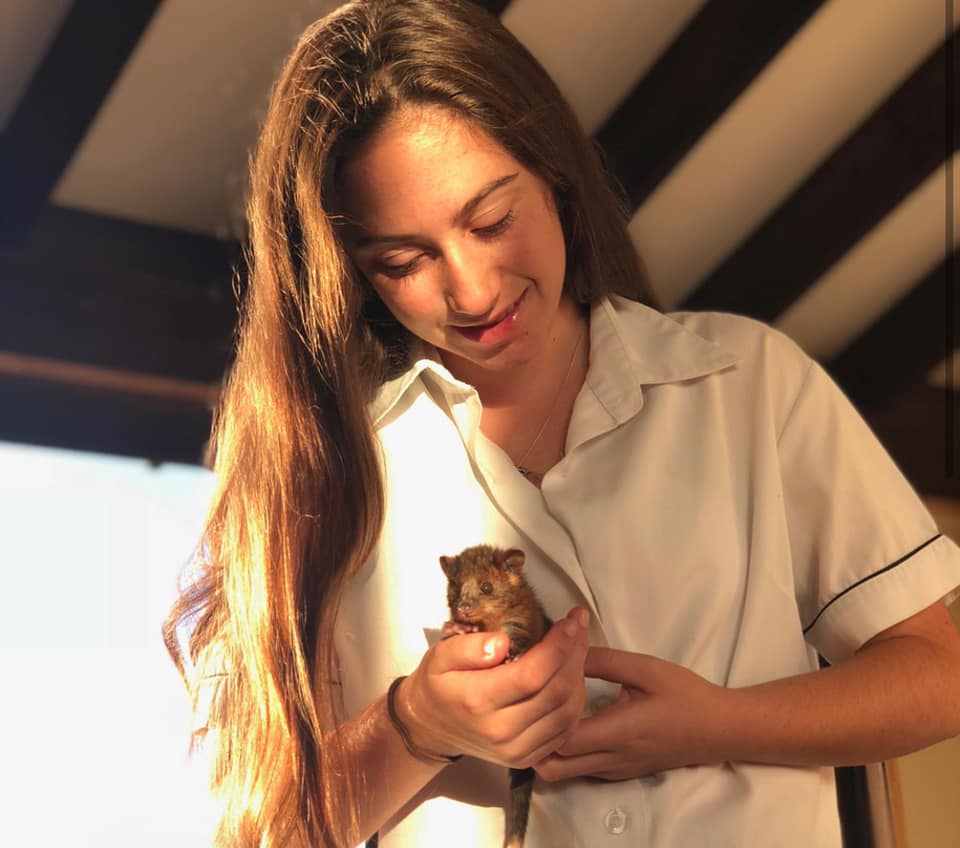
looking after baby ringtails - photo by mum, Geraldene Dalby-Ball
How did you get involved with the SES?
I did cadets with RFS and then went into SES because of the work that SES holds. I like volunteering, giving back to my community, and this was one of the ways I could do so. As soon as I turned 16 I thought ‘I’m joining the SES.’ And became a member of the Warringah-Pittwater unit. I’ve been a member for the past two years. I’ve met the most amazing people, learnt some amazing skills and it’s just been an absolute joy. It gives you the chance not only to improve your skills but have a completely different environment to help people within which was such a great relief you could say from the stresses of year 11 and 12 at high school.
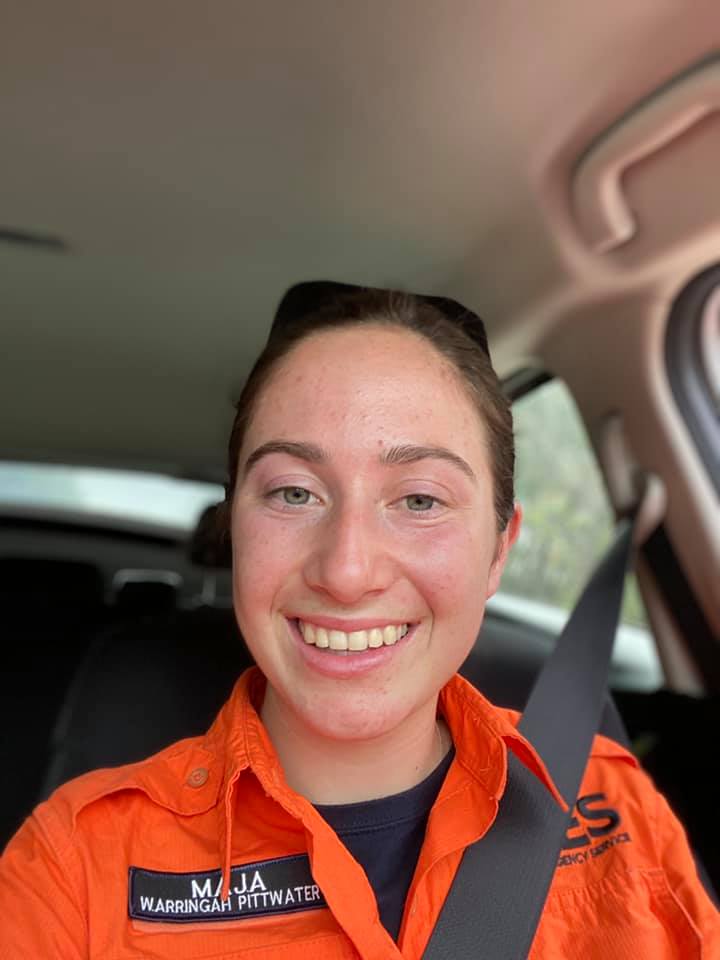
Maja, volunteer member of the Warringah/Pittwater SES Unit - photo by mum, Geraldene Dalby-Ball
That’s not your only volunteer role though – when did you join the Avalon Beach SLSC?
I started when I was 6, so 12 years now. I started as a Nipper and then went all the way through to becoming an actual Lifeguard.
What has being a volunteer in these different organisations given you?
Meeting different people from a wide variety of backgrounds and of different ages. At school you’re with your peers, and we all do pretty much the same things at that age. But working with people of different ages with different interests or different life experiences from all walks of life, you learn so much, not only about them but also about yourself – how you communicate and express yourself in those scenarios as well as having the ability to realise how to work together so you have proper teamwork. It’s been great working through when people may have conflicting ideas about doing something and learning ‘this is one way we can do it’ or ‘this is another way we can do it and add this in’ and how to really work well as a team ion this different environments and in response to what needs to be done.
You have completed your HSC in 2020; what were the challenges that stood out during the lockdowns and changed virtual schooling environment for you?
I, alike everyone else, went through some anxious times during 2020 – the lockdowns, the schooling program, there were a lot of unknowns. As an example, Maths was difficult as the teacher was inaccessible at some times and working in a totally different environment and it just wasn’t progressing. After a couple of weeks I had to sit down with myself, face the fact that it just wasn’t getting anywhere and needed to change. I found out so much about myself and what I need to do to adjust – I set out a proper routine that would work with what was happening. I would do exercise of a morning then do my schoolwork, then in the afternoons I joined in on some other critical volunteering stuff and so I would meet people who were out of my area, many of them in regional NSW, and this was creating a strategy for inclusion and diversity. This was really interesting.
This also led to me getting way more into my schoolwork as the parallel disciplines actually seemed to support or create energy in each other. It changes your mindset and the more you do this, the more it develops.
Your mum, Geraldene Dalby-Ball as one of the executives of Dragonfly Environmental, has been a leading proponent in the field of restoring environments for decades. She also has been a big volunteer in various ways in the community for a long time. How much has being her daughter assisted you in developing your own interests?
Pretty great. My thing has been, when she has asked if I’d like to come along to all these different things, to go and participate. For instance, sitting in on Council meetings, and, as she used to do work with the NSW RFS as well, going with her or sitting in on a project proposal with a big developer and her view of what native plants should be kept and installed in response to the environment they wanted to build in and how to fix the creek-lines and wetlands. Plus going on community walks with other experts talking about topics like birds, oysters or seagrasses. Also projects like Billarong Festival (at Narrabeen Lagoon) and others with Susan Moylan-Coombs that focused on linking between all people and nature.
So going with mum allowed me insight into these different perspectives of not only these subjects within Australia but how they are dealt with all around the world – through all the travel we do – so it’s really opened my mind up to all the possibilities as much as to look around you and listen when any subject is in focus.
Your mum and dad also have an open house policy for teenagers and providing a supportive engaging environment to meet in – how important is it to have safe places for young people to meet in and talk about what they want to talk about?
Very important. I was doing some work with the Northern Beaches Youth Advisory and we would have these get-togethers and talks about what youth in our area needs as part of that. So have a safe environment where we could do that at home was massively important.
Some of my peers had experienced times when their own homes were unstable or they were not having the best time at school, so it was good that there was a place they felt they could go that was safe and where they could just be themselves.
We did some work around Nature and how it’s not just a Place but can also be a Feeling that you can keep with you (that can be a reference point, an empowering place or a place/feeling that can also be ‘home’). We’d go for walks on Bangalley or in the Angophora reserve to exercise that feeling of inclusiveness and belonging somewhere – and always coming back to Belonging because when people feel as though they belong somewhere they can go from there and explore anything else and create the best version of who they want to be.
Being a member of the Northern Beaches Youth Advisory group – what was that like?
It was amazing. Most of the stuff I’m doing involves people from all around New South Wales so it was actually fun to be in with a group of people from the northern beaches.
We got to discuss different strategies about how to make it more inclusive for youth on the beaches, as well as getting to talk with council and people so that if they were doing a strategy for something, or a plan, they would come to us for our perspective – our feedback or how to include our needs. It was really rewarding to talk to all these different people and know that our opinion was actually going to affect or help shape the strategy and planning for northern beaches youth.
You were also the Northern Beaches Young Volunteer of the Year for 2020?
Yes, but I feel within community/volunteering services it’s not just an individual but all of us as a team and the knowledge and guidance the members of the organisations have shared to me allowing me to be a useful member within it.
Citation: Young Volunteer of the Year – Maja Dalby-Ball Olsen from Avalon HSC student Maja Dalby-Ball Olsen spreads her volunteering hours across many organisations including the local SES and Surf Life Saving organisations as well as the local Youth Council. She was also a part-time carer to five baby ring tail possums through the local WIRES service.
So, what’s the plan for 2021?
I’m going to Uni in Tasmania. I will be studying Paramedicine at UTAS – I want to become a Paramedic.
I will be out of home but will be living in Uni apartments with 4 other new people I will get to meet.
I love my family so much so it will be a bit strange – but we will FaceTime and they will come and see me now and then.
So it will be different and nice to have a clean slate – no one knows me and it will also be an opportunity for me to re-establish who I am as well as go explore all the amazing things Tassie has to offer. I love walking and climbing and Tassie has plenty of that to do.
I will be doing the accelerated course so hope to be finished in two years. I aim to have a Bachelor of Paramedicine and then will do that for a few years. I then hope to go back and do a Bachelor of Disaster Management or will do specialisation within Paramedicine. With that I could work here and go overseas and be helpful during the planning stages of responding to disaster within local and national governments.
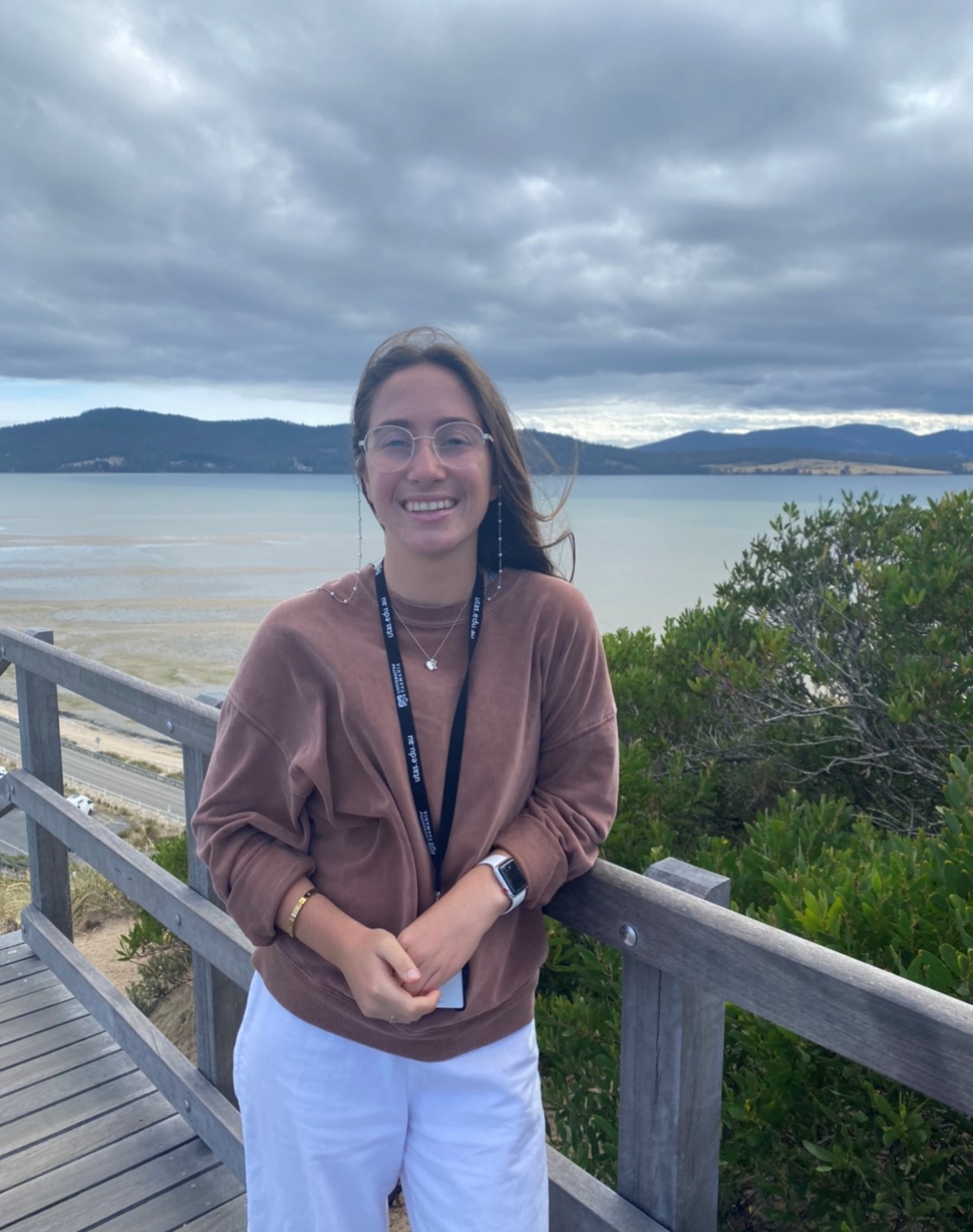
What’s been the great things about growing up in Avalon and Pittwater?
For me it’s the sense of community we have here. Going to Barrenjoey High School is up there for me too, it’s a great school – as well as going to and becoming a part of Avalon Community Gardens, we have an amazing group of people involved there. Then you have the surf club that has given me so much – all of these combine to give you a sense of who you are as much as where you are.
Then you are surrounded by the most amazing environment and Reserves and a National Park. Then you can go on a ferry ride over to the Central Coast and have access to even more nature.
So, I love the Nature side of it and the people aspect of living here.
What are your favourite places in Pittwater and why?
My favourite place in Pittwater would be the top of Bangalley Headland, where it looks out towards the Central Coast. I love it because I’ve been going there since I was tiny, it’s another home for me – we would always paint up there. As the years have gone on it’s been my place to go for a run through and when studying it’s been my place to go to study. So I have amazing and very good memories associated with this place. It is also the most gorgeous place, filled with wildlife and plant species with brilliant outlooks.
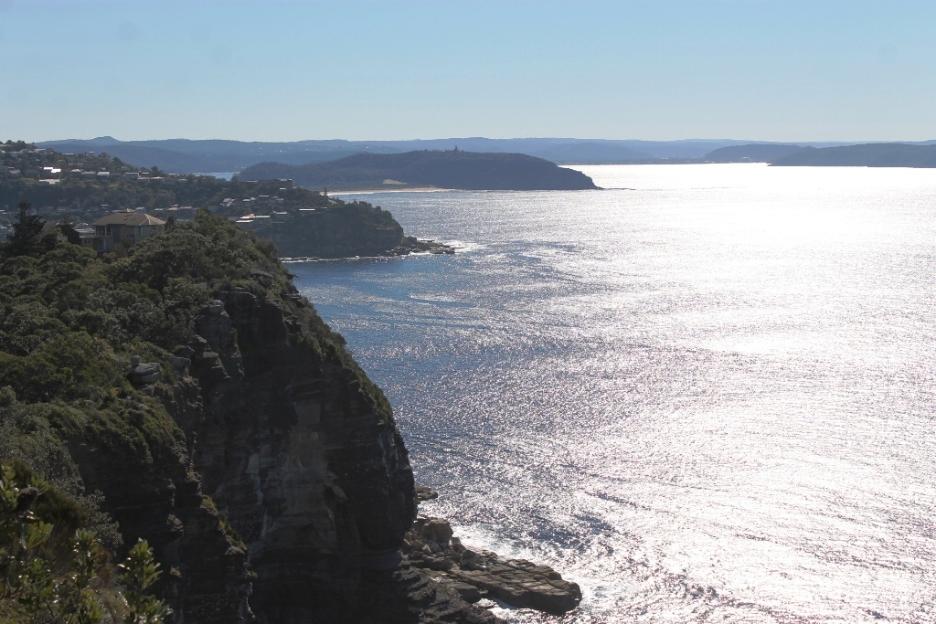
One time I was up there studying and a pod of whales were migrating back south along the coast. Just watching them play and frolic and then hearing these tremendous splashes because they were so close brings home how lucky we are to live here. Every time I’m up there it’s just grounds me. No matter what’s happening at school or anywhere else, just going into Nature grounds me and disperses all that stress, it just falls off you. Just paying attention to what else is going on around you instead of paying sole attention to what may be stressing or hurting you, through paying attention to the beauty that surrounds you I find helps centre who you really are and helps you realise some of these things aren’t that big really and noticing what is around you gives you a wonderful perspective.
What is your ‘motto for life’ or a favourite phrase that you try to live by?
At present it’s to ‘give it a go’ and also ‘it will be what it will be’. But I also like one that’s linked to knowledge and finding out what you need to know about any subject to help yourself and your work. So that is ‘knowledge is control, and control is power (self-empowering); so the more you can find out or know about any subject or have knowledge about how yourself works, the better you can respond to that’. As I’m going in to studying human anatomy this applies really well – it is also relevant in how and what you think about anything and helps you manage your emotions and how you react to the world around you. So, ‘knowledge is power’ in that regard.
Maja Dalby-Ball Olson
Investigations | Barrenjoey High School, NSW
Variation in flammability of flora in the Sydney sandstone vegetation community
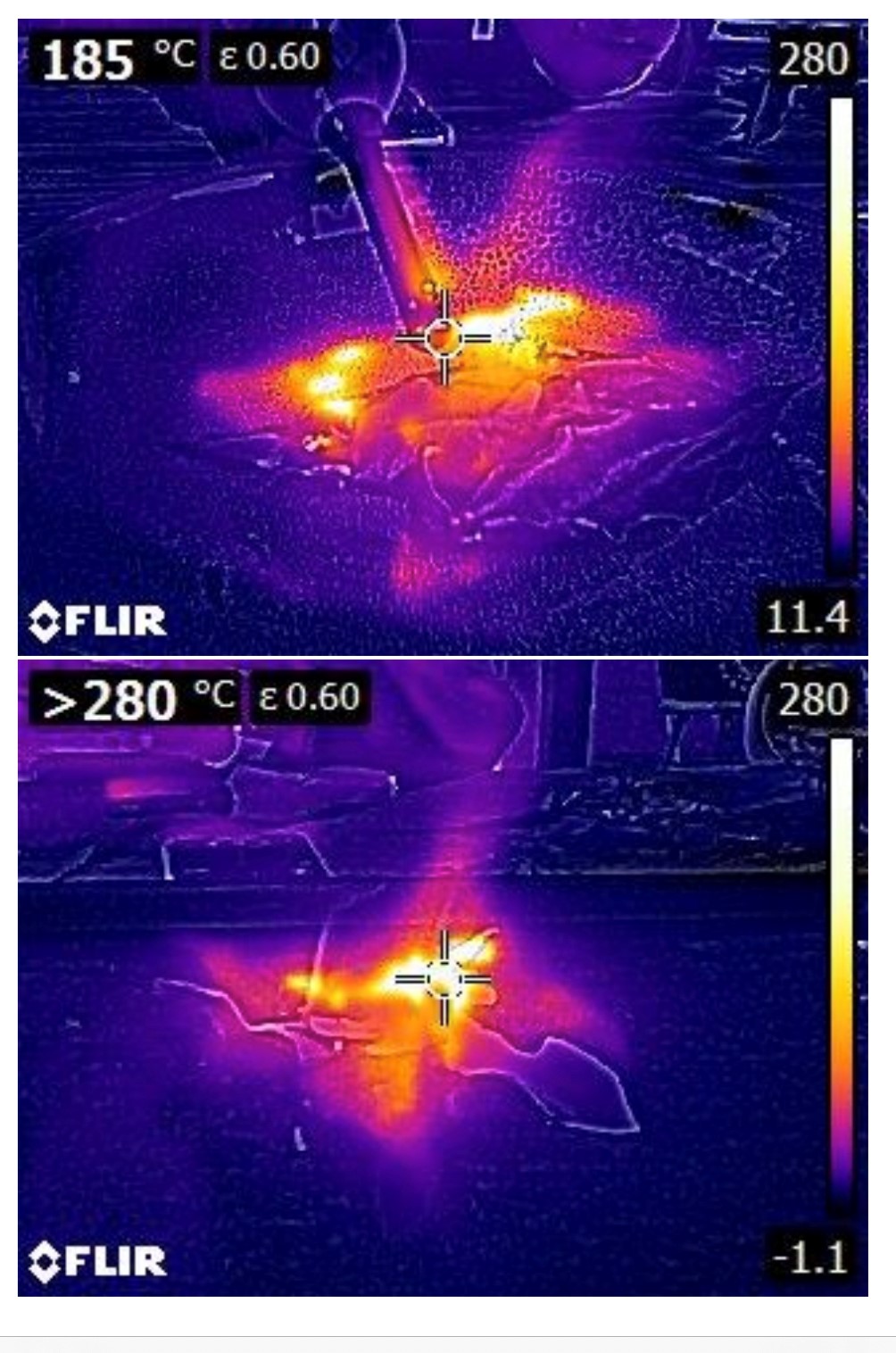
Maja Dalby-Ball Olson is a student at Barrenjoey High School, NSW. Maja’s project was developed to find a way to retain biodiversity in urban areas while fulfilling the need to protect life and built assets. This was achieved through studying the variation in flammability of native flora in the Sydney sandstone vegetation community, to better manage the interface between residential areas and bushland and to retain native species within urban areas. Maja volunteers in the SES and in her local surf lifesaving club and Youth Advisory Council. She aspires to complete either a Bachelor of Paramedics or surgical studies.